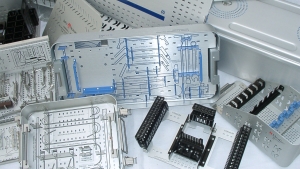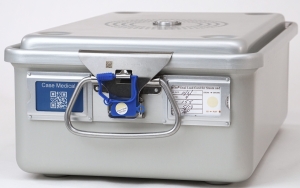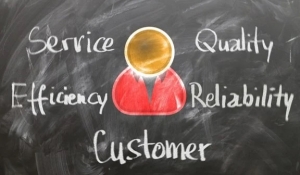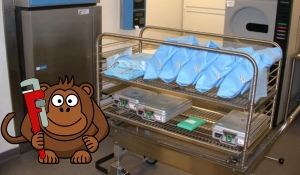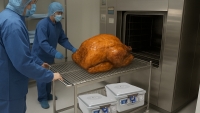Standardize and Containerize for Instrument Processing
Years ago, or should I say decades ago, Case Medical developed a modular reusable packaging system to organize and protect medical devices using off-the-shelf components and standardized trays. Our knowledge was gained from years of developing custom graphics trays for various medical device manufacturers on an OEM basis.
Case Medical to the Rescue: Solutions to Address Planned Obsolescence
Over the past month or two, we’ve learned that several facilities and health care systems have standardized on using germicides, environmental wipes, that EPA consider pesticides for cleaning our containers and other medical devices. Most of these disinfectant wipes are carriers for highly caustic solutions with pH >11 or composed of quaternary compounds considered hazardous to human health. And they are not rinsed off!...
Digital Recognition: A method to reduce errors
I spent this past weekend watching a Netflix serial about the Innocence Project. A dedicated team of investigators and lawyers work to exonerate individuals who have been wrongly convicted, through the use of DNA testing. Did you know that people have blind spots? Of course we do. What is meaningful to one person can be disturbing to another...
The Better Bargain for Loaners and Other Frequently Used Sets
As discussed last week, the healthcare industry contributes to solid waste production, greenhouse gasses, and climate change. While a true statement, the news is that there are also ways that healthcare can reduce the impact it has on the environment, while reducing costs. Rigid reusable sealed sterilization containers are one of the best options for reducing hospital waste. Nevertheless, not all containers are created equal.
READ MORE
Using quality metrics to reduce healthcare infections
The federal government has penalized 774 hospitals for having the highest rates of patient infections or other potentially avoidable medical complications. The patient safety penalties cost hospitals 1 percent of Medicare payments over the federal fiscal year (Oct to Sept)...
Operational continuity planning during the sterilization wrap shortage
Managing chaos versus and preventing chaos—which would you rather do? You can’t always foresee or prevent disruption; however, if you do see trouble coming, making moves to proactively manage the situation is SMART and can prevent headaches....


